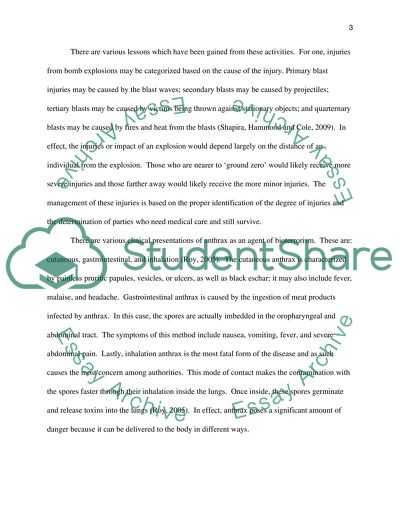Cite this document
(“Impact of terrorism on the US. Measures, the US has laid out in order Essay”, n.d.)
Retrieved de https://studentshare.org/health-sciences-medicine/1390425-terrorism
Retrieved de https://studentshare.org/health-sciences-medicine/1390425-terrorism
(Impact of Terrorism on the US. Measures, the US Has Laid Out in Order Essay)
https://studentshare.org/health-sciences-medicine/1390425-terrorism.
https://studentshare.org/health-sciences-medicine/1390425-terrorism.
“Impact of Terrorism on the US. Measures, the US Has Laid Out in Order Essay”, n.d. https://studentshare.org/health-sciences-medicine/1390425-terrorism.


